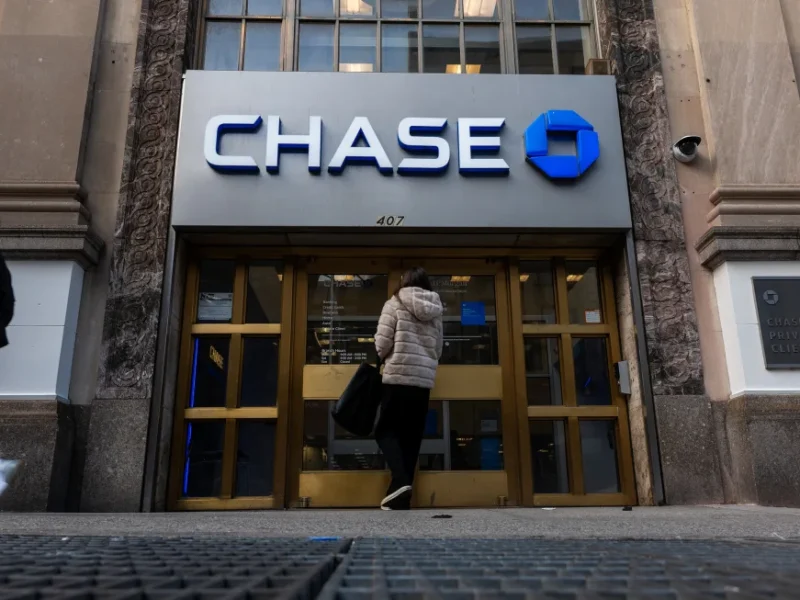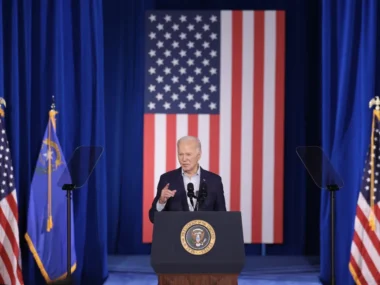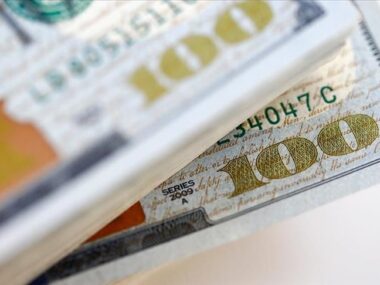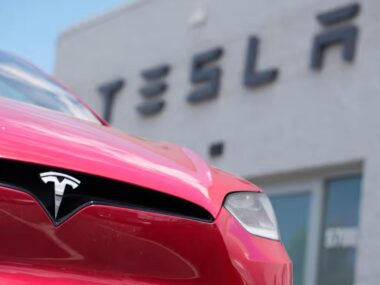The United States’ largest banks are under scrutiny this week.
JPMorgan Chase, Citigroup, and Wells Fargo will start reporting their earnings on Friday morning, followed by Goldman Sachs and Bank of America next week. The financial sector is expected to see annual earnings growth of 4.3% in the second quarter, according to FactSet.
Investors will closely monitor these earnings reports for insights into the state of the American consumer and the broader economy amidst high interest rates and cooling, yet still elevated, inflation.
Dave Sekera, chief US market strategist at Morningstar, is particularly interested in banks’ delinquency rates. There has been an increase in missed or late payments by consumers, pressured by high interest rates. The percentage of credit card balances in serious delinquency (90 days or more late) reached its highest level since 2012 in the first quarter, according to the Federal Reserve Bank of New York.
Recent corporate earnings and economic data suggest consumers are being more cautious with their spending. US retail sales increased at a weaker-than-expected pace in May, and companies like Target, Home Depot, and Best Buy have reported decreased spending on discretionary items. Meanwhile, discount retailers are benefiting as Americans seek bargains.
Despite last year’s regional banking crisis, the US financial system remains robust. All 31 banks evaluated in the Fed’s annual stress test, which assesses financial resilience under hypothetical adverse conditions, passed. However, the Fed cautioned that banks could face higher losses if the economy worsens.
While a recession is not the market consensus, stocks have recently reached record highs due to strong corporate earnings, cooling inflation, and a resilient labor market. This scenario supports the possibility of a soft landing, where the Fed reduces inflation without triggering a recession. Investors are betting that the Fed might start easing rates as early as September, according to the CME FedWatch Tool.
Nonetheless, banks are preparing for less favorable outcomes by maintaining substantial loan reserves. These reserves, cash stockpiles to cover potential defaulted loans, amounted to approximately $218.6 billion in the first quarter of this year, up from $202.1 billion the previous year and $175.5 billion the year before that, according to FDIC data.
JPMorgan Chase CEO Jamie Dimon noted at the company’s global China summit in May that while consumers remain resilient, a recession is still a possibility.
“The worst outcome for all of us is what you call stagflation: higher rates and recession,” Dimon told CNBC. “The world will survive that, but I just think the odds are a little bit higher than other people think.”
The US economy is encountering a new threat.
The primary threat facing the American economy in recent years has been inflation, according to my colleague Matt Egan.
Now, a new issue is emerging as a significant concern: unemployment.
While inflation appears to be easing, there are warning signs in the robust job market. The Federal Reserve faces the challenge of potentially keeping interest rates too high for too long, which could lead to unintended consequences.
Some economists are urging the Fed to relax its focus on controlling inflation before high interest rates, originally used to combat rising prices, inadvertently push the US economy into a recession.
“It’s time to lower rates,” stated Joe Brusuelas, chief economist at RSM. “Inflation is becoming less of a worry. The risks are increasingly tilted towards higher unemployment.”
Mark Zandi, chief economist at Moody’s Analytics, highlighted the strain on the labor market due to elevated borrowing costs.
“The biggest risk is a policy error: the Fed maintaining high rates for an extended period,” Zandi explained in a CNN interview. “Currently, the Fed is indicating a rate cut in September. I think that’s appropriate, but if they delay beyond that, there’s a risk of overdoing it.”
Federal Reserve Chair Jerome Powell has also recognized a significant shift in assessing these risks.
Target will discontinue accepting this traditional form of payment.
Target will cease accepting personal checks from customers starting July 15, following a trend among retailers to phase out this increasingly rare form of payment to streamline the checkout process, according to my colleague Erika Tulfo.
The decision was attributed to “extremely low volumes” of check transactions, as stated by the company to CNN.
“It’s not surprising that Target has chosen to discontinue accepting checks,” remarked Neil Saunders, a retail analyst at GlobalData. “However, there will likely be small groups of people, including elderly consumers, who may lament their gradual disappearance.”
Target clarified that its stores will continue to accept a variety of other payment methods, including Apple Pay, SNAP/EBT, buy now/pay later services, Target Circle Cards, its store card, as well as cash, credit, and debit cards.
Despite the shift away from checks, a 2024 report by Abrigo, a financial software solutions company, indicates that approximately 61% of Americans still use checks. Interestingly, younger consumers, including Gen Z and Millennials, report writing more checks compared to older Gen X consumers.
Target joins other retailers like Aldi and Amazon-owned Whole Foods in phasing out acceptance of checks as a form of payment.











